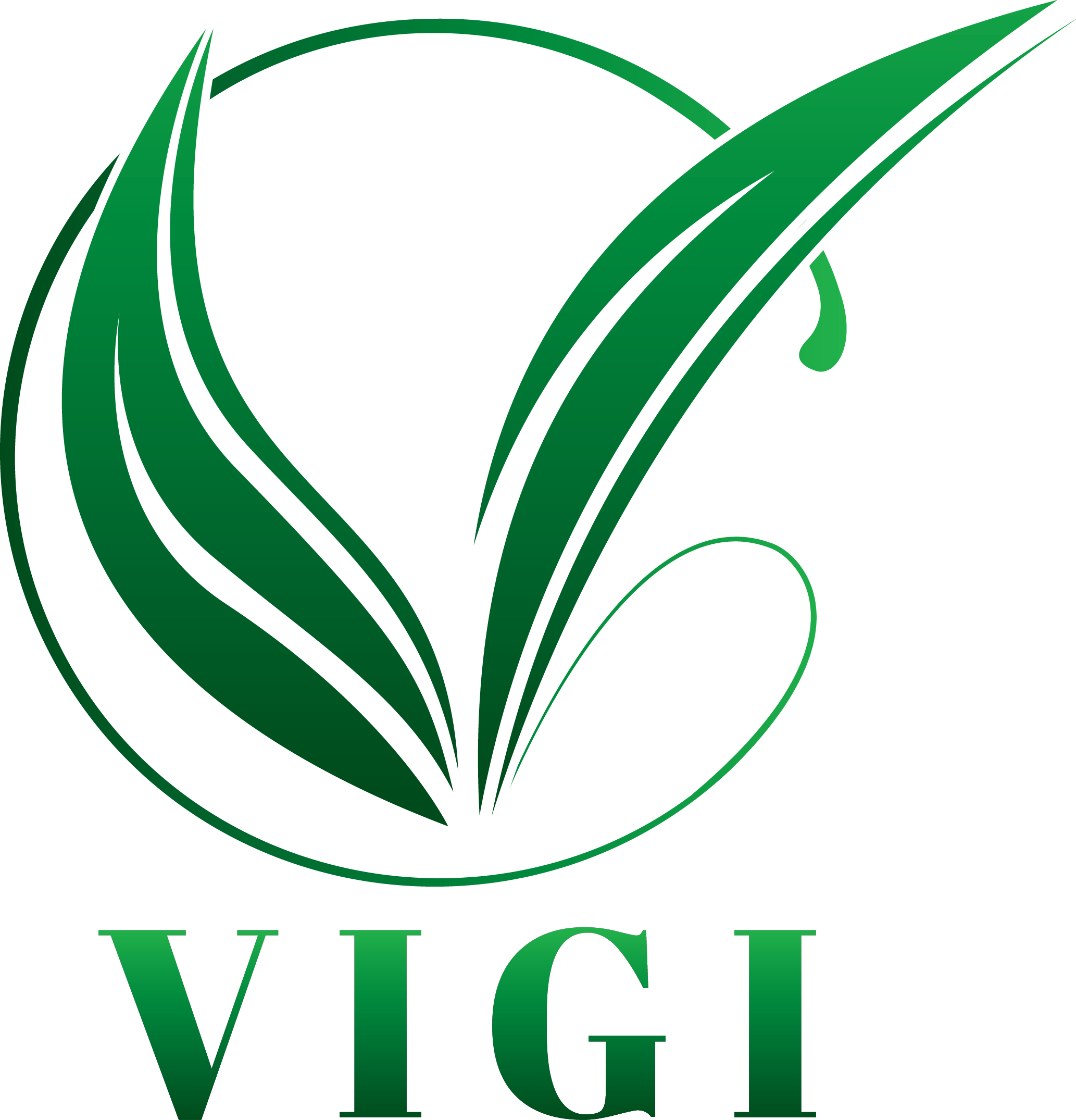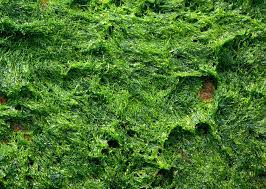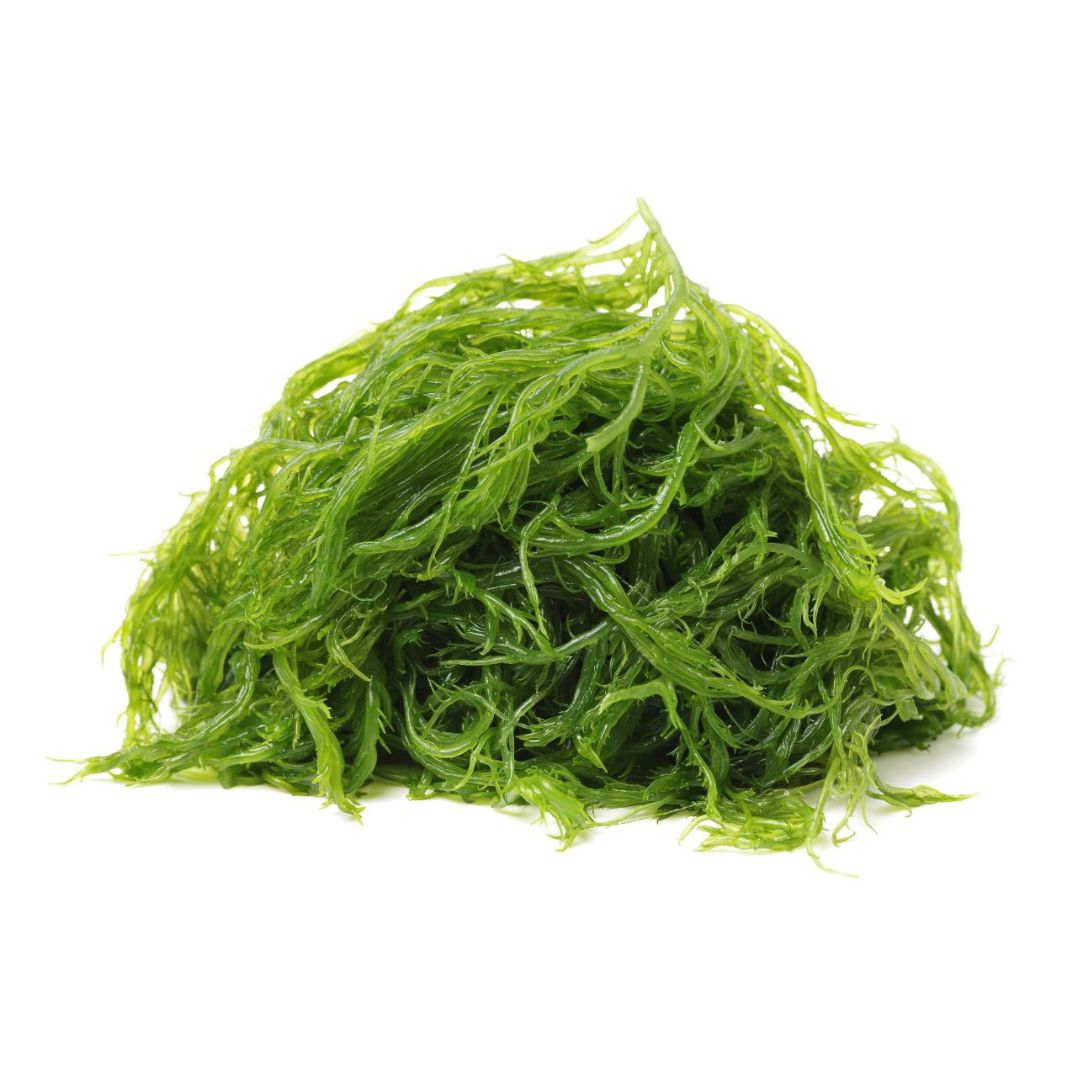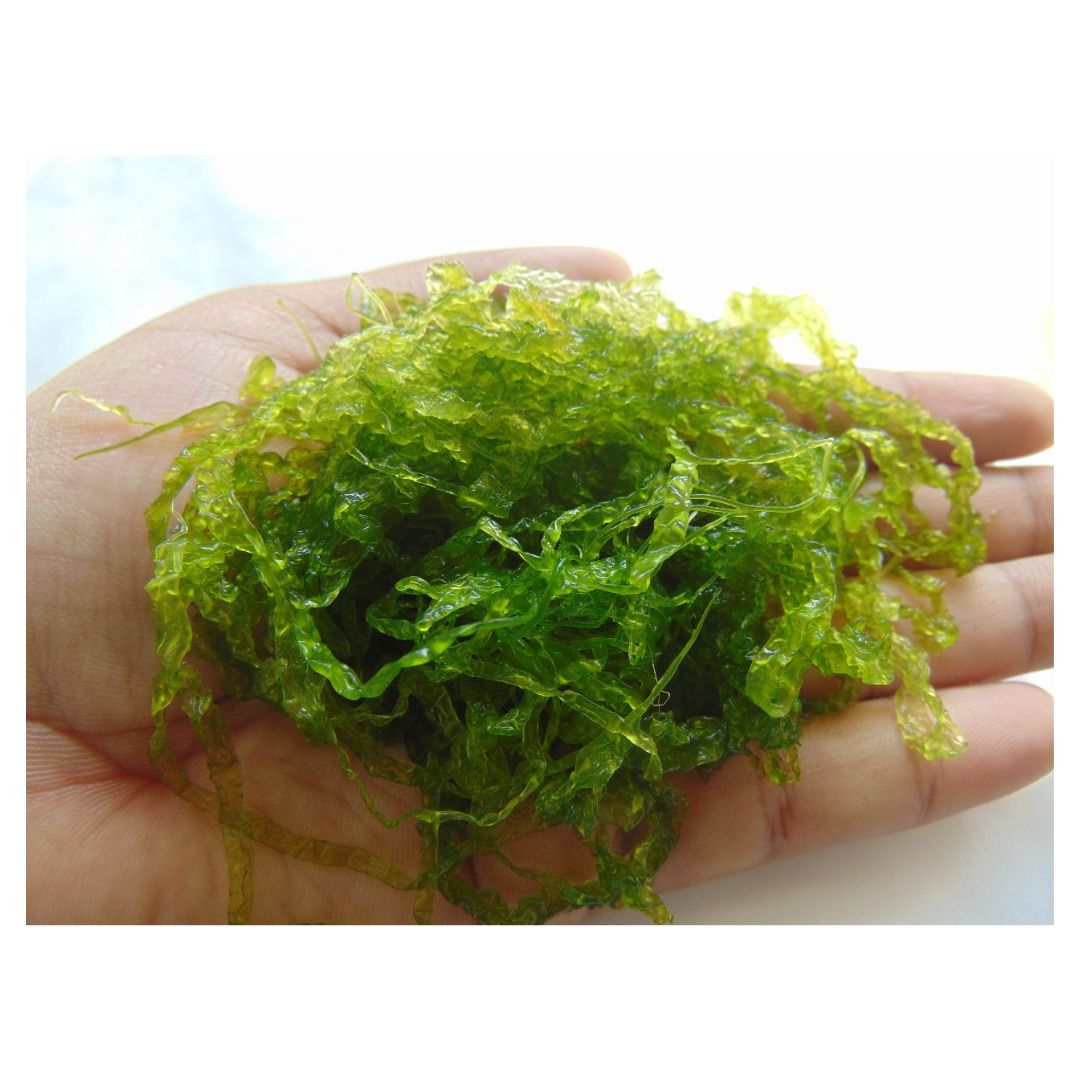-
Food: Green seaweeds are edible and are consumed in various cultures around the world. For example, species like Ulva (sea lettuce) are used in salads, soups, and as a garnish. They are a good source of vitamins, minerals, and dietary fiber.
-
Fertilizer: Seaweed is often used as a natural fertilizer in agriculture. It contains valuable nutrients, such as nitrogen, potassium, and trace elements, which can enhance soil fertility and improve plant growth.
-
Aquaculture: Green seaweeds can be used in aquaculture as a feed supplement for fish and shellfish. They provide essential nutrients for the growth of these aquatic organisms.
-
Bioremediation: Some green seaweeds have the ability to absorb and accumulate heavy metals from the surrounding water. This property makes them useful in bioremediation efforts to clean polluted waters.
-
Cosmetics and Pharmaceuticals: Extracts from green seaweeds are used in the cosmetics industry for their moisturizing and skin-nourishing properties. They are also being studied for potential pharmaceutical applications due to their bioactive compounds.
-
Industrial Applications: Green seaweeds can be used in various industrial processes, such as the production of agar and carrageenan. These substances are used as gelling agents in the food industry, as well as in pharmaceuticals and other applications.
-
Environmental Monitoring: Certain species of green seaweed are sensitive to environmental conditions, making them useful as bioindicators in environmental monitoring programs to assess water quality.
-
Livestock Feed: In some regions, green seaweeds are used as a supplementary feed for livestock due to their nutritional content.





